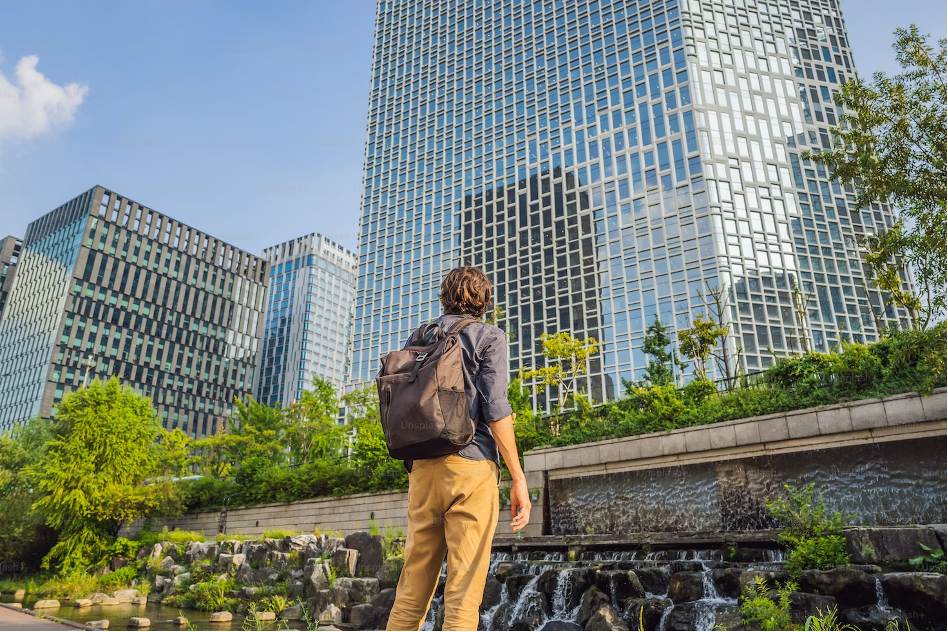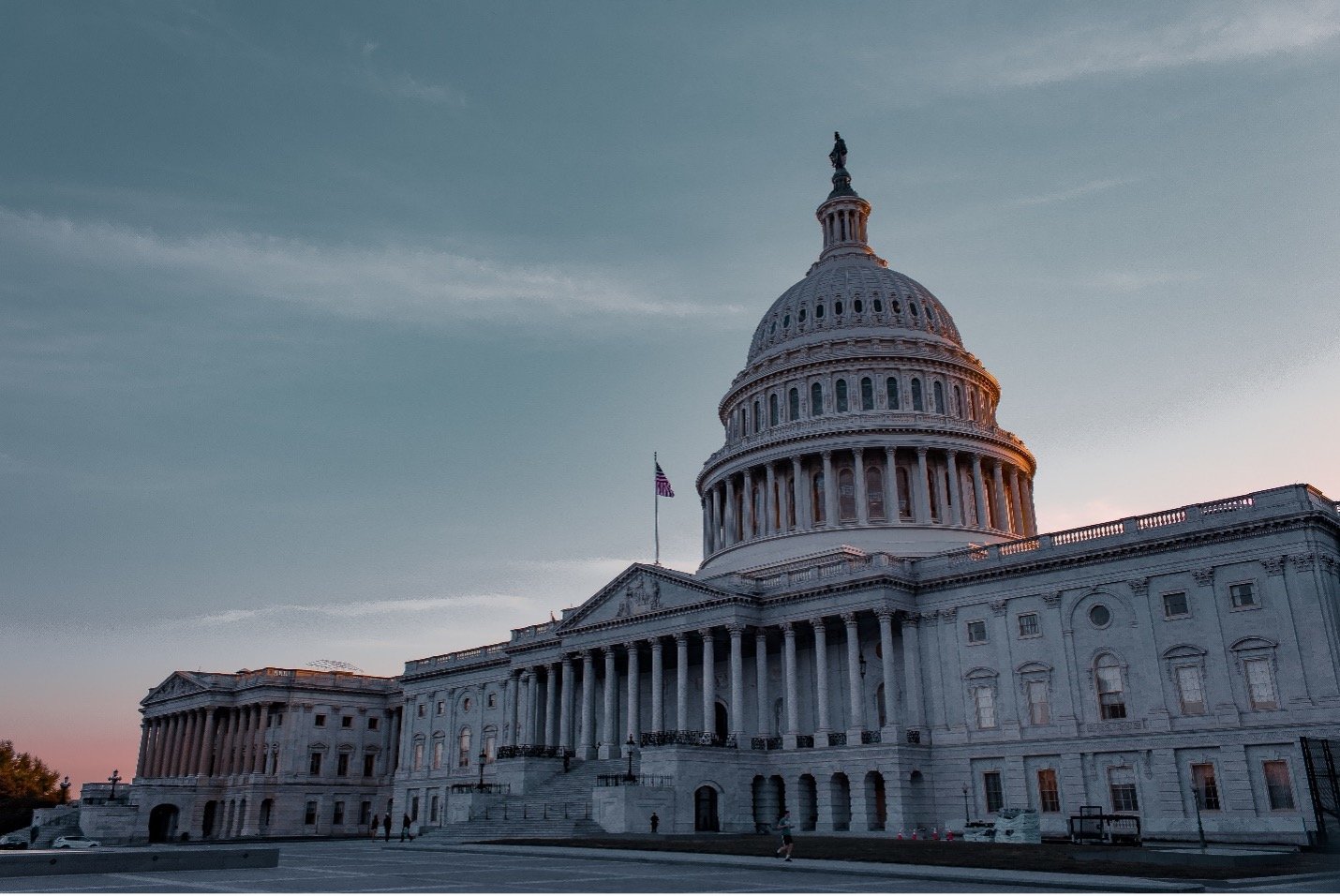Building Sustainable Eco-Friendly Practices

Key Details: In the evolving real estate landscape, sustainability has transitioned from a niche interest to a mainstream imperative. Today, sustainable real estate isn't just about environmental stewardship; it's a strategic business decision that aligns with profitability and long-term value creation. This article delves into eco-friendly real estate practices, highlighting how minimizing environmental impact is an ethical choice and a savvy business move. For real estate business owners, understanding and implementing sustainable practices can lead to lower operational costs, enhanced property values, and significant tax incentives. As we navigate through various aspects of sustainable real estate, from green building materials to renewable energy systems, it becomes clear that embracing eco-friendly practices benefits the planet and your business's bottom line. For additional information on sustainable real estate and construction practices, contact Ryan & Wetmore, PC.
What is Sustainable Real Estate?
Sustainable real estate is a multidimensional concept that encompasses the design, construction, and operation of buildings, focusing on minimizing their environmental impact. This approach to real estate development and management prioritizes using eco-friendly practices and technologies to create spaces that are efficient, functional, and harmonious with the natural environment. Key aspects of sustainable real estate include:
- Energy efficiency: Using advanced building materials and technologies that reduce energy consumption. Examples include high-efficiency HVAC systems, smart thermostats, and LED (Light Emitting Diode) lighting. The goal is to lower the energy demands of buildings, thereby reducing their carbon footprint.
- Water conservation: Sustainable real estate emphasizes reducing water usage and waste. This can be achieved by installing low-flow fixtures, efficient irrigation systems, and using greywater recycling methods.
- Material selection: Choosing building materials is crucial in sustainable real estate. Eco-friendly materials are typically sourced responsibly and have a lower environmental impact. This includes using recycled materials, sustainably harvested wood, and non-toxic paints and finishes.
- Site design and land use: Sustainable real estate also considers the impact of construction on the existing land and ecosystem. This includes preserving natural habitats, minimizing land disturbance, and incorporating green spaces into development plans.
- Indoor environmental quality: Ensuring a healthy indoor environment is a key component of sustainable real estate. This involves using materials that emit low levels of volatile organic compounds (VOCs), ensuring adequate ventilation, and providing access to natural light.
- Renewable energy integration: Integrating renewable energy sources like solar panels and wind turbines is a hallmark of sustainable real estate. These systems help buildings generate their own clean energy, thereby reducing dependence on fossil fuels.
- Waste reduction: Sustainable real estate practices include strategies for reducing waste during construction and throughout the building's lifecycle. This can involve recycling construction debris, implementing composting programs, and designing for longer building lifespans.
In summation, sustainable real estate is about creating buildings that meet the needs of their occupants and contribute positively to the environment. By focusing on energy efficiency, water conservation, sustainable material use, and other eco-friendly practices, sustainable real estate aims to reduce the environmental impact of the built environment.
Benefits of Sustainable Real Estate
Lower Operating Costs from Energy Saving:
The drive towards sustainability is more than just an environmental imperative; it's a strategic move towards operational cost savings and efficiency. Buildings are significant energy consumers, accounting for 40% of total energy use and nearly 30% of greenhouse gas emissions. This presents a unique opportunity for business owners to turn a challenge into a competitive advantage. Real estate and construction businesses can substantially reduce energy consumption by implementing sustainable practices and decarbonizing their operations. This transition not only aligns with the urgent need to minimize environmental impact but also directly translates into lower operational costs, enhancing the financial efficiency and profitability of the business.
The benefits of such a shift are multifold. Energy-efficient building designs, for instance, incorporate strategic planning and usage of sustainable materials, greatly reducing the amount of energy required for heating, cooling, and lighting. Integrating smart technologies, like Internet of Things (IoT) devices, optimizes energy usage, allowing real-time monitoring and adjustments that minimize waste. These smart systems, including autoregulating thermostats and lighting, have become mainstream, revolutionizing how buildings consume energy.
Additionally, adopting renewable energy sources, such as solar panels and wind turbines, reduces reliance on fossil fuels and traditional energy grids. This lowers utility bills and opens avenues for financial incentives from governments promoting renewable energy adoption. Energy storage technologies complement these efforts by allowing buildings to store excess energy, providing a buffer during peak demand times, and contributing to grid resilience.
Higher Property Value and Rents:
The transformative impact of sustainable energy solutions in real estate extends well beyond mere cost savings, profoundly influencing market dynamics and property valuation. A pivotal study by the National Renewable Energy Laboratory (NREL) underscores this trend, revealing that properties with sustainable energy features increasingly demand higher market values. This surge in value is not just a matter of economic gain but reflects a deeper, growing appeal among an acutely environmentally conscious demographic.
Homes outfitted with solar panels are a prime example; they sell about 20% faster and fetch higher prices compared to their non-sustainable counterparts. This is a clear testament to a rapidly evolving market, with sustainability no longer a mere optional add-on but a highly sought-after asset. Buyers today are not just investing in a property but in a lifestyle choice that aligns with their environmental values, thus driving a fundamental shift in the real estate market towards sustainable living. This shift is not a fleeting trend but a robust movement, signaling a paradigm shift in consumer priorities and a new era in real estate development.
Tax Incentives and Rebates:
Tax incentives, credits, and rebates are pivotal in encouraging and facilitating sustainable practices in the evolving landscape of eco-friendly real estate and construction. The Inflation Reduction Act (IRA) of 2022, a landmark piece of legislation, has significantly expanded key energy efficiency tax incentives set to impact the industry profoundly. For instance, the IRA introduced the 179D Energy Efficient Commercial Buildings Deduction, offering up to $5.00 per square foot for building or renovating energy-efficient buildings. The 45L New Energy Efficient Home Credit also provides a substantial tax credit, up to $5,000, for single-family and multifamily developments that comply with specific energy-efficient standards.
These incentives support a permanent shift toward clean energy in construction projects. While the upfront costs of implementing these sustainable practices might be significant, the long-term benefits, facilitated by tax incentives, are considerable. In many cases, the IRA has also extended the applicability of these incentives by up to 10 years, providing a more stable and predictable framework for planning and investment.
Furthermore, the IRA's focus on domestic supply chains through expanded incentives is expected to benefit the real estate and construction industries indirectly, especially with an anticipated rise in clean energy production in the U.S. Detailed guidance from the Department of the Treasury and IRS (Internal Revenue Service) is required for the full implementation of these incentives, such as the 30% tax credit for qualifying investments in clean energy that meet prevailing wage and apprenticeship requirements. For more on tax credits, incentives, and navigating the IRA, please contact Ryan & Wetmore.
Branding:
Incorporating eco-friendly practices into real estate and construction businesses offers significant branding and marketing benefits. As awareness of climate change grows, the demand for sustainable living solutions has surged. Studies indicate that a majority of homebuyers, about 82%, are willing to pay more for eco-friendly homes. This shift is not confined to a particular demographic but spans various age groups, from millennials to retirees, reflecting a broad-based change in consumer preferences.
From a marketing perspective, eco-friendly homes offer distinct advantages. They typically have lower utility expenses due to energy- and water-saving designs and technologies, which can reduce monthly expenditures by 20%-30%. This appeals to buyers' economic sensibilities and aligns with their environmental concerns. Additionally, with the rising demand for eco-friendly homes and a relatively limited supply, sellers can sell their green properties at a higher value than their initial purchase price.
Real estate and construction companies can capitalize on these market trends by branding and marketing their businesses as environmentally conscious and sustainable. This approach demonstrates a commitment to social and environmental responsibility. It positions these businesses favorably in a competitive market, attracting customers who value sustainability and are willing to invest in it.
Challenges to Adopting Sustainable Practices:
In the transition towards sustainable real estate and construction practices, several challenges must be addressed. While these hurdles may seem daunting at first, they often lead to significant long-term benefits and opportunities for innovation and growth.
- Higher Upfront Costs: The initial investment in eco-friendly materials, advanced technologies, and specialized design can be substantial. However, these costs are balanced by long-term savings in energy efficiency, reduced operational expenses, and potential tax benefits. Properties with sustainable features also tend to have higher market values.
- Lack of Universal Sustainability Standards: The absence of standardized criteria for sustainable practices can lead to confusion and inconsistency. Embracing this challenge, businesses can help develop more robust standards and position themselves as leaders in sustainability.
- Need for Training and Expertise in Green Building: The requirement for specialized knowledge in sustainable design and construction is a barrier. Investing in training and development, however, can yield significant advantages in operational efficiency and compliance, enhancing a company's reputation and market appeal.
Addressing these challenges requires a strategic approach, but the payoff is a more sustainable, profitable, and environmentally responsible business model. These challenges, when met effectively, can set a firm foundation for long-term success in the evolving world of sustainable real estate and construction.
Getting Started
Embarking toward sustainable real estate involves several key steps, including adopting green materials and high-efficiency energy systems. Integrating these elements can initially appear costly, but they are critical investments for future-proofing properties. Using sustainable materials like recycled steel, bamboo, or reclaimed wood reduces environmental impact and often leads to longer lasting and more durable constructions. Implementing high-efficiency solar panels, advanced HVAC systems, and smart energy management tools significantly lowers energy consumption, reducing long-term operational costs.
Water conservation is another crucial aspect, which can be addressed through low-flow fixtures, efficient irrigation systems, and rainwater harvesting techniques. These measures contribute to substantial savings in water usage and costs.
Though the initial expenses can be substantial, the long-term benefits are undeniable. Properties equipped with sustainable features generally have lower maintenance and operational costs. Additionally, they often command higher property values and attract a growing market of environmentally conscious buyers and tenants. The overall financial benefits, alongside the positive environmental impact, make the initial investment in sustainable real estate a wise and profitable decision for the long term.
Green Certifications
For construction and real estate businesses, obtaining sustainability certifications like LEED (Leadership in Energy and Environmental Design), ENERGY STAR, and BREEAM (Building Research Establishment Environmental Assessment Method) is a significant step in enhancing their marketability and reputation. LEED is a globally recognized certification that provides a framework for healthy, efficient, and cost-saving green buildings. ENERGY STAR, backed by the U.S. Environmental Protection Agency, signifies superior energy performance in homes and buildings. BREEAM is another prestigious international standard assessing a building's environmental performance.
For business owners, these certifications are more than just badges of honor; they represent a commitment to environmental stewardship and sustainability. They help attract environmentally conscious clients and tenants and often lead to higher property values and reduced operational costs. Moreover, buildings with these certifications typically have better indoor environmental quality, contributing to the health and well-being of occupants. Obtaining these certifications can also open opportunities for tax rebates and incentives. In essence, these certifications are a testament to a company's dedication to sustainable practices, positively impacting the environment and the bottom line.
Conclusion: Embracing Sustainable Real Estate Practices
As we navigate towards a more sustainable future, the role of eco-friendly practices in real estate and construction becomes increasingly pivotal. The journey to sustainable real estate has challenges, including higher upfront costs, the need for specialized training, and the navigation of evolving sustainability standards. However, the long-term benefits of adopting these practices – from lower operational costs and higher property values to significant tax incentives – far outweigh these initial hurdles.
For real estate and construction business owners looking to embark on this sustainable journey, the following action steps are recommended:
- Evaluate and Invest in Sustainable Materials and Technologies: Assess the potential for integrating green materials and high-efficiency systems into your projects. Recognize these as long-term investments rather than just upfront costs.
- Pursue Green Certifications: Obtain certifications like LEED, ENERGY STAR, or BREEAM to enhance the marketability and credibility of your properties.
- Stay Informed on Tax Incentives: Keep abreast of the latest developments in legislation like the Inflation Reduction Act to maximize the financial benefits of your sustainable investments.
- Invest in Training and Development: Build in-house expertise in green building practices to ensure compliance and optimize your projects for sustainability and efficiency.
- Market Your Sustainable Practices: Use your commitment to sustainability as a key differentiator in your marketing and branding strategies.
- Plan for the Long Term: View sustainability as a long-term strategy aligning with environmental stewardship and business profitability.
By taking these steps, real estate and construction businesses can contribute positively to the environment and enhance their competitive edge in an increasingly eco-conscious market. For those looking to maximize the financial benefits of sustainableinvestments, Ryan & Wetmore provides guidance on navigating tax incentives and rebates. Leveraging the latest legislative developments, such as the Inflation Reduction Act, can significantly enhance the profitability of eco-friendly projects. Contact Ryan & Wetmore today to explore how tax incentives can support your commitment to sustainability and positively impact your bottom line.
Today’s Thought Leaders

About Jason Dudas
Partner & CPA
Jason is a Partner in our Vienna, VA office. Since joining the firm in 2009, he has worked closely with clients on tax, audit and accounting issues. Jason has become an expert in construction accounting and is a member of the Real Estate and Construction CPA’s. He also has experience with research and development credits, and tangible property regulations.


